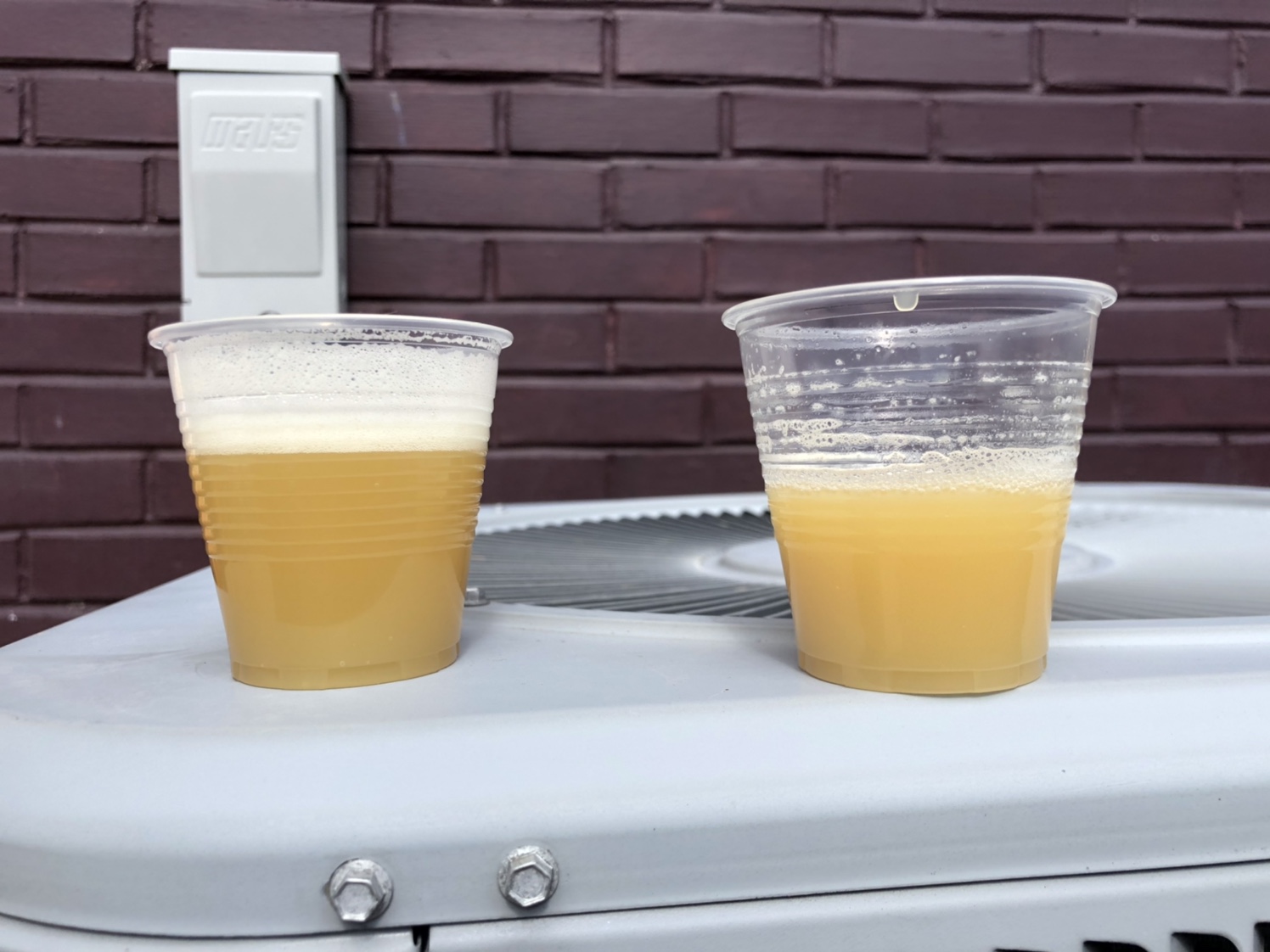VirginiaHops1
Well-Known Member
There's a difference between higher FG with some residual sugars(which aren't really that sweet) vs actual malt flavor, like munich or caramel sweetness or crackery/bready flavors from other malts. Maybe they just didn't think it had the 'fullness' it should and that's how they chose to word their critique. Or maybe they really were just talking out of their asses. I would take any critique with a grain of salt though, BJCP judge or not. Taste is subjective and everyone's palate is different.







































![Craft A Brew - Safale BE-256 Yeast - Fermentis - Belgian Ale Dry Yeast - For Belgian & Strong Ales - Ingredients for Home Brewing - Beer Making Supplies - [3 Pack]](https://m.media-amazon.com/images/I/51bcKEwQmWL._SL500_.jpg)




















